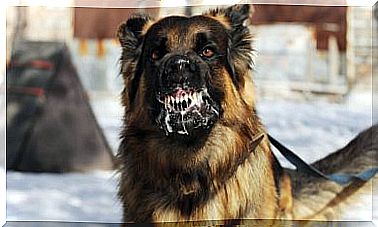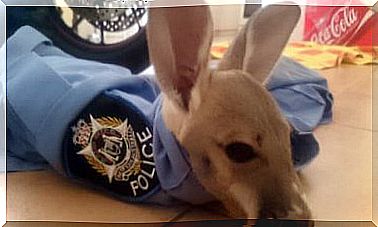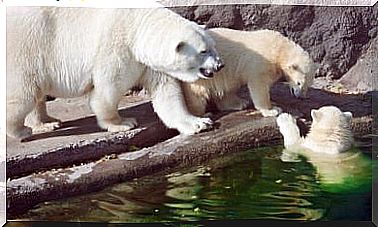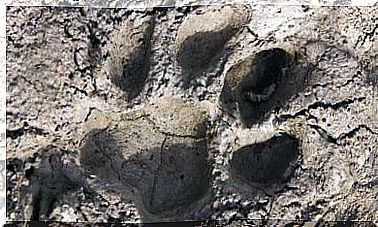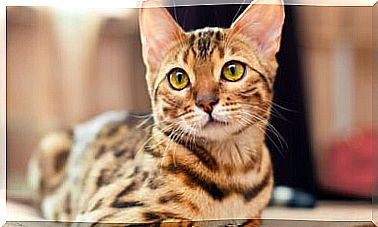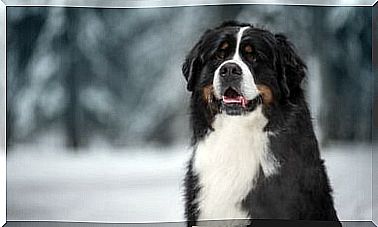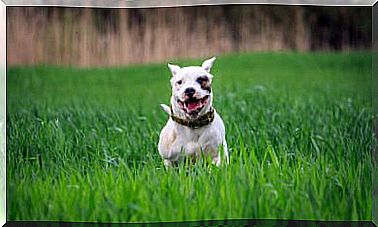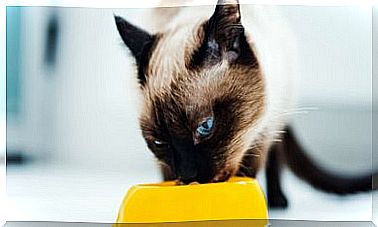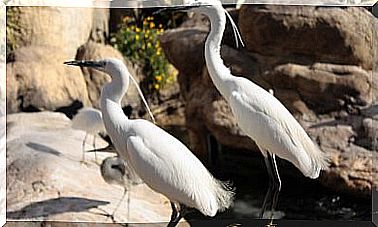Food-related Aggression In Dogs
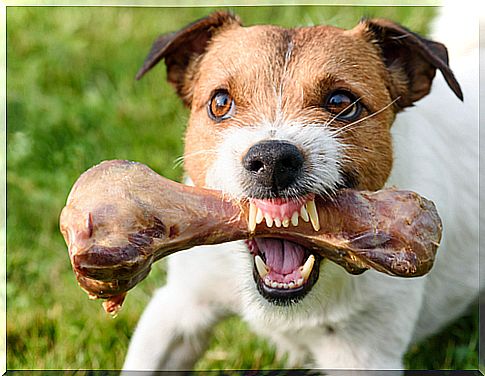
Aggression in dogs expressed to protect their food can be a serious problem. In this situation there is a danger that other dogs or humans in the house will be bitten. Also, this problem can progress over time, resulting in the dog, especially, becoming possessive.
Canine behavior to protect their possessions is normal behavior for dogs. Wild animals that successfully protect their valuable resources, such as food, companions, and living areas, are more likely to survive in the wild.
The tendency to protect food or valuable items is undesirable in our household pets.
How to recognize if aggression in dogs is food?
Food aggression is a form of resource protection, in which a dog becomes very defensive when eating. The dog uses threats to force others to walk away.
Aggressive behavior can be directed toward other animals, humans, or both. Aggression is considered mild, if it just growls and shows its teeth. In moderate aggression, the dog lunges when someone approaches him; in severe cases, it bites.

What causes aggression in dogs to save food?
It is easy to assume that eating aggression is a show of mastery, but this is not always the case. Competition for food with littermates is the main cause.
Often there may be one or two puppies dominating the food bowl at meal times and using aggression to achieve this. Any puppy exhibiting food protective behavior before 16 weeks of age should be seen by a veterinarian, as this is an early sign of aggressive behavioral development.
There are a variety of things that dogs find valuable
Although many dogs keep only food, others only protect bones from chewing or toys. Some keep stolen items, such as food wrappers from the garbage can or socks.
It can happen that the dog only directs the protection of resources before certain people, often strangers. Others protect their resources from all people.
How to recognize if aggression in dogs is food
First, watch the body language when a dog is eating. You can see that his body will stiffen and he can keep his head down.
Also, other signs are that the whites of your dog’s eyes may be visible; it can keep its ears back, its tail low or its hairs can be raised. A dog can show any or all of these signs. Finally, there are the aforementioned signs: growling, pouncing, or biting.

Can food-related aggression in dogs be controlled?
The first step is to evaluate your dog’s general behavior. Does he only show possession over food? Or does the behavior extend to other things, such as favorite toys, resting places, or even people in the pack?
If the behavior is not limited to food, then your dog shows general resource protection. It is very important to understand the situation and interpret your dog’s motives.
Assess your dog’s confidence and general demeanor
If your dog is naturally dominant, then you should assert yourself as the leader of the pack in a calm and assertive way. On the other hand, if your dog is shy or fearful, you will need to increase his confidence and teach him that his food is safe with humans around him.
Finally, it is important to determine if the food assault is mild, moderate or severe. For severe cases, start by consulting a professional for the proper treatment.
Simple techniques to start changing aggressive behavior in dogs
Stick to meal times. If the source of your dog’s aggression is fear or anxiety about when he will have more food, consistency of provision will help. Make sure you stick to the routine for feeding your dog.
Dogs have a very good internal clock and quickly learn when it’s time to get up, go for a walk, or for people to come home. Being on time to feed him will help eliminate anxiety.
